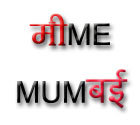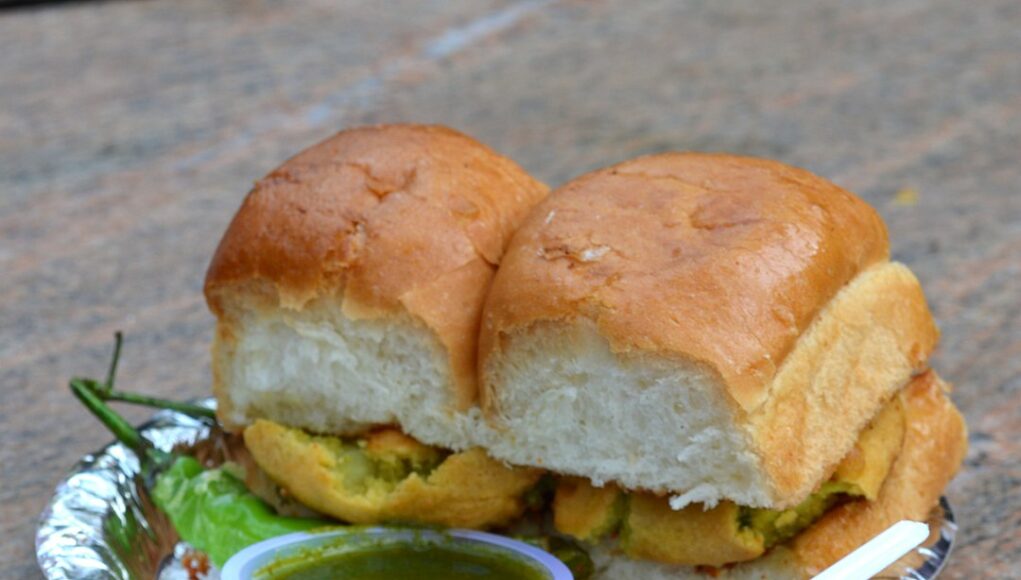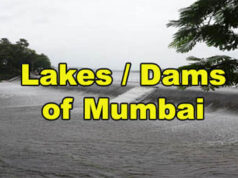23rd August World Vada Pav day is a tribute to Mumbai’s burger famously known as Batata Vada. It is affordable street food for Mumbaikars which is relished by all classes of people. It is also served in food stalls and restaurants across India.
About Vada
Vada is carbohydrate-rich potato patties made from mashed potatoes mixed with coriander, green chilies and spices that are dipped in chickpea batter. Then it is fried in hot oil. It is served with various types of wet or drry chutney. The most significant part of Vada is that it is not patented and is available at every corner of Mumbai streets. Most places have it’s uniqueness in taste. It is mostly eaten along with the Pav (bread).
Founder of Vada Pav
Ashok Vaidya is credited with starting the first vada pav stall outside Dadar railway station in 1966. Due to him, the popularity increased and the dish became famous within Mumbai.
Ashok Vaidya passed away at the age of 58 on 6th July 1998 and later his son Narendra took over his legacy of selling Vada Pav outside Dadar station.
History
Earlier Vada Pav catered to the mill workers of Girgangaon near Parel. It was cheap which was available for 10 to 15 paisa in 1971.
Vada pav is intricately linked with the Shiv Sena political party. The closing of textile mills in central Mumbai led to turmoil in 1970s. Shiv Sena, the homegrown party formed during this transformative time, based itself as a party with Mill workers’ interests. Party chief, Balasaheb Thackeray encouraged Marathi people in the 1960s to become entrepreneurs, i.e. start food stalls in ways similar to the South Indians setting up Udupi restaurants. Shiv Sena attempted to physically and ideologically claim the streets through agitations as well as neighborhood-level events such as Vada pav sammelan (Vada pav jamboree). This theme has continued even in recent years, e.g. 2009 introduction of Shiv vada pav.
Documentaries on Vada Pav
Here are well documented video on Vada Pav
image credit: By Planetvyom – Own work, CC BY-SA 4.0
Article credit: Wikipedia








